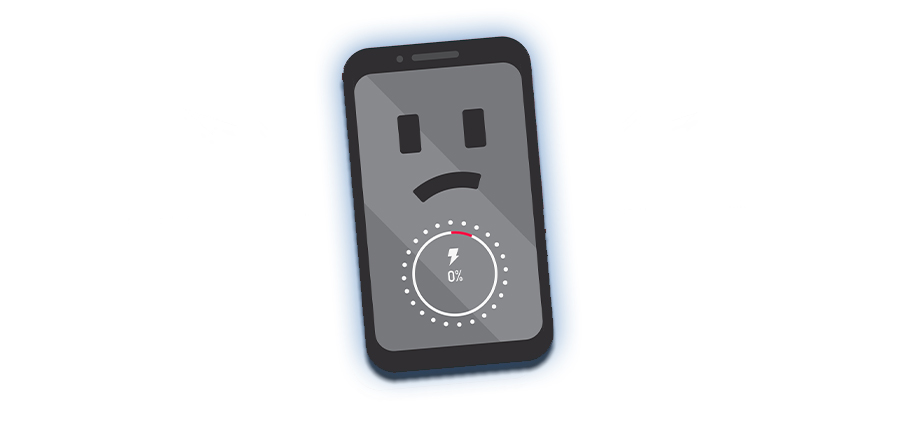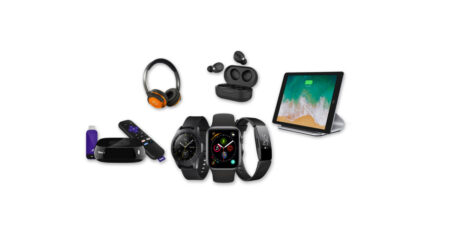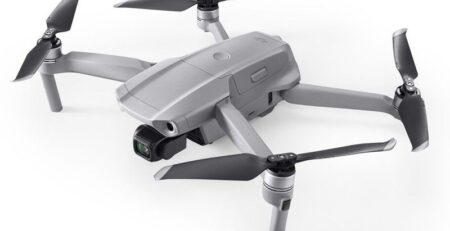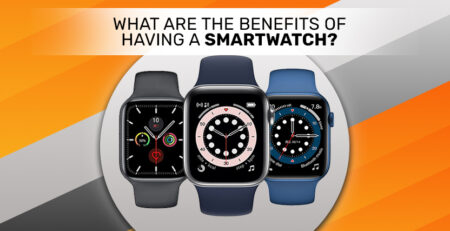How wireless charger work ? (Complete Information)
Nowadays, people want to buy wireless chargers, but before purchasing a wireless charger, they want to know How wireless charger work? Numerous approaches exist to recharge batteries without wires or device-specific AC adapters wirelessly. Wireless charging is an option for various devices, including mobile phones, laptop computers, MP3 players, and other tiny and large items like robots and electric cars.
Wireless charging is a practical method of powering your phone, earphones, watches, and other devices. Because wireless charging has numerous benefits, we may choose from a variety of phone accessories that are compatible with it. Some wireless chargers have an auto-off mode that activates when the device is fully charged, saving energy, assuring a specific charge, and lowering the possibility of your battery overheating.
Because wireless charging is used, it is much less likely that an electrical problem will harm the phone than if it were plugged in. Even though more gadgets are switching to universal cables, wireless charging standards have already started that way. As a result of different items being wirelessly charged, it might be considerably more practical. When setting a device passively, a wireless charger could utilize small power. It only uses enough energy to transmit a signal to look for a device hooked to it. It won’t produce any energy to charge a coil if it doesn’t receive a confirmation signal.
The question is, How wireless charger work? The base of wireless charging is inductive charging, which produces electricity by creating an electromagnetic field by passing electrical current via two coils. When the receiving magnetic plate touches the transmitter or is at least within the specified range, the magnetic field induces an electrical current inside the mobile device. After converting this current to a direct current, the built-in battery is charged.
Here the question arises what’s the point of a wireless charger?

You can charge your phone’s battery wirelessly with a wireless charger. Likewise, you won’t need to mess with the ports on your phone or the plugs at the ends of the cord. Overall, wireless charging has several benefits, most related to convenience. Many individuals find it more convenient to leave their phone on a wireless pad as they carry on with their day while it starts charging late at night or anywhere other than home.
1. Is wireless charging better than wired?

Since it has been accessible for a while; wireless charging has become more and more. common. Both wired and wireless charging carry the same dangers. In other words, it makes electrical shocks and connection problems less likely. The improper usage of wires or cell phones while charging has been linked to several incidents, some of which have resulted in fatalities. Wireless charging might be safer because it halts when you pick up the gadget.
2. What is the benefit of wireless charging?

When you need to charge your phone, there’s no need to keep plugging and unplugging a cable. As soon as you place your phone on the charging station, it takes pictures. Due to the beautiful organization, you won’t have to worry about losing your wire or charger. Wireless charging
eliminates the need for lines, as was previously said. The burden on the cable, the charging outlet, and the phone’s charging port is further lessened as a USB port is no longer necessary. Wireless charging transmits power without directly touching any exposed electrical connectors.
Here are the Disadvantages of wireless charging
1. Low charging efficiency
The distance between the mobile phone and the charger is incredibly close for wireless charging, even though it can be disconnected. The loss of electromagnetic energy is still substantial, though. Typically, the power transmitted by the charger is roughly 75% of the power received by the cell phone.
2. Electromagnetic radiation
To wirelessly charge mobile devices, the charger continuously generates electromagnetic waves. This electromagnetic pulse’s frequency ranges typically from tens to hundreds of MHz. Wireless
charging is still far riskier than wired charging, quite apart from the possibility that it will not significantly hurt a person.
3. How does wireless charging work?
An electromagnetic coil is found in wireless charging accessories and products. Induction coils, used in charging bases, create a magnetic field that resembles an antenna and sends electricity to your phone. Through a receiver, the phone detects this electromagnetic radiation. The energy generated by the induction coil is captured and directed back into the battery by an even more minor electromagnetic wave inside your phone.
4. Is wireless charging safe overnight?
While sleeping, use the wireless charger you keep on your nightstand. It’s a common myth that carrying out this action can “overcharge” your phone and damage it. However, most smartphones now have a feature that tracks the battery and stops charging when it reaches 100%. A great Qi-certified charger should also have the ability to recognize when a battery is full and turn off its power.
Therefore, it shouldn’t be harmed if a wireless charger is left on your iPhone all night. You should be aware that routinely letting your phone run out of battery life before fully charging it,
as you may do overnight, can exacerbate battery aging. As previously said, you should keep your phone charged between 50% and 80% to get the most out of the battery.
Conclusion
As mentioned above, we have discussed How wireless charger work, which makes things easier. Due to the absence of cables and port wear and tear, the charging pads make it simple to set up a device and continue with your day.















Comment (1)
I don’t even know how I ended up here, but I thought this post was
good. I do not know who you are but certainly you’re going to a famous blogger if you aren’t already 😉 Cheers!
My web-site – id For roblox